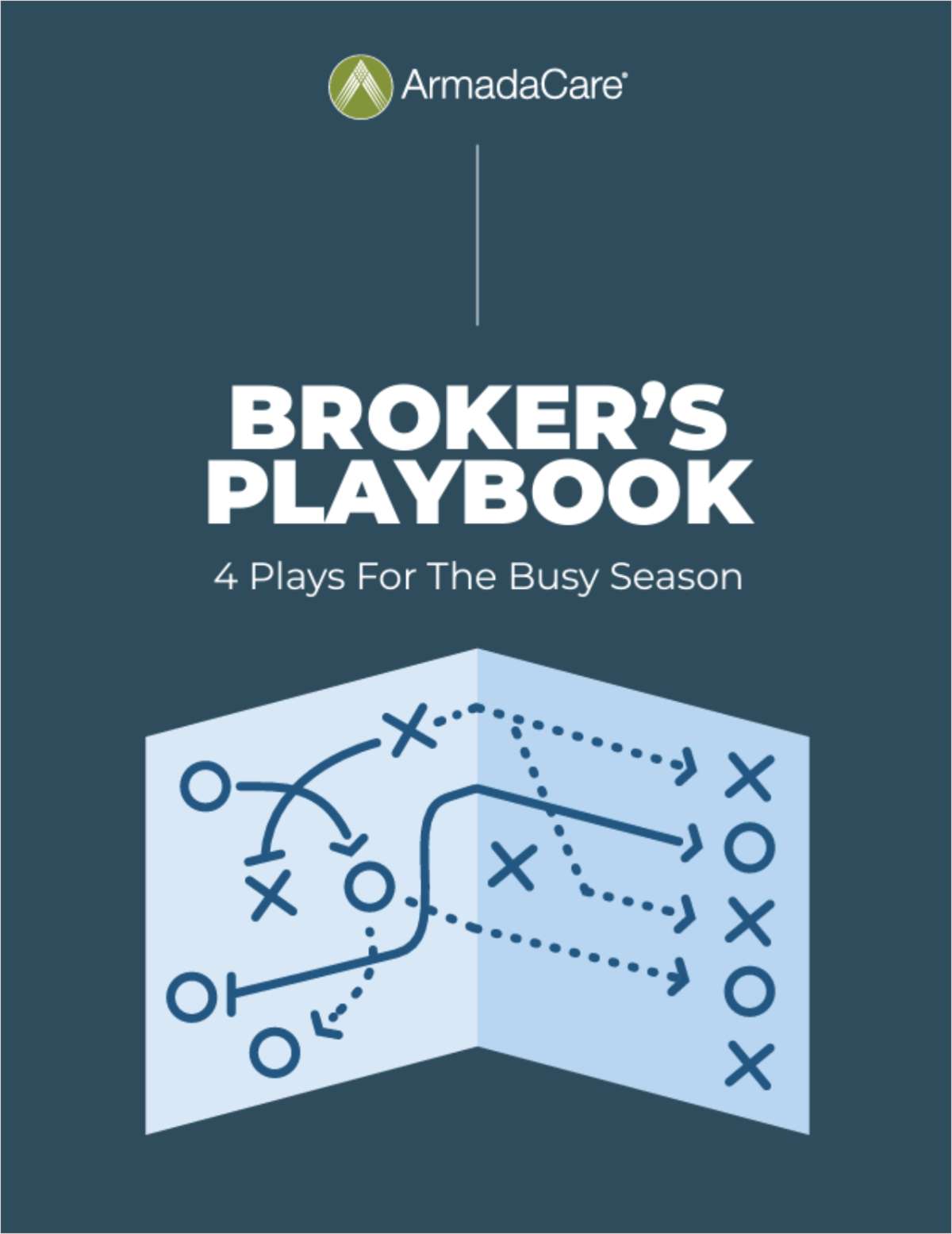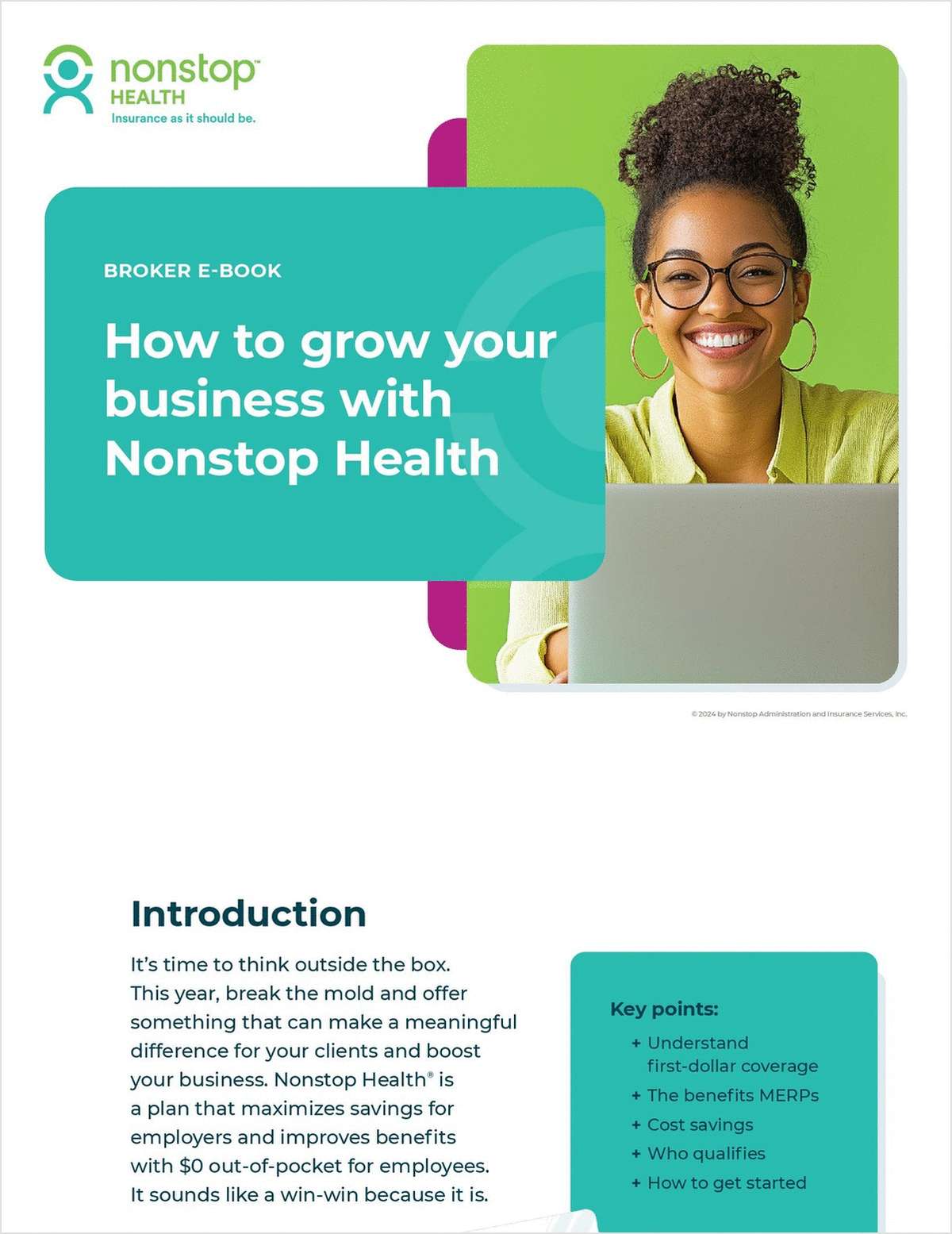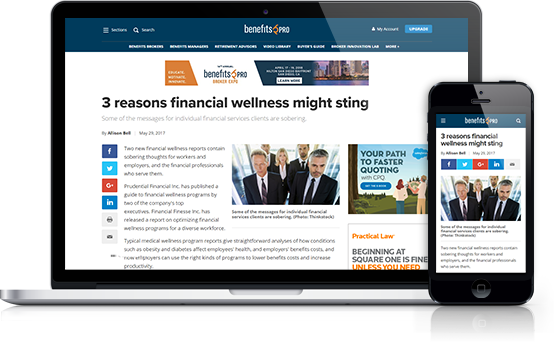 One consequence of that outdated perception is that organizations don't invest in the latest technology to enable payroll to act more strategically,
One consequence of that outdated perception is that organizations don't invest in the latest technology to enable payroll to act more strategically,
Payroll professionals to the top brass: "We get no respect."
So say the results of the "2019 State of Payroll" study conducted by the American Payroll Association on behalf of Kronos Inc. The survey of 651 payroll professionals from North American companies found that most feel that top management doesn't see them as a strategic partner.
"Historically, many organizations have viewed payroll as a tactical function — due to its transactional nature, heavy administrative requirements, and because payroll teams have often struggled to demonstrate how they deliver strategic value to the organization," the authors write.
Continue Reading for Free
Register and gain access to:
- Breaking benefits news and analysis, on-site and via our newsletters and custom alerts
- Educational webcasts, white papers, and ebooks from industry thought leaders
- Critical converage of the property casualty insurance and financial advisory markets on our other ALM sites, PropertyCasualty360 and ThinkAdvisor
Already have an account? Sign In Now
© 2024 ALM Global, LLC, All Rights Reserved. Request academic re-use from www.copyright.com. All other uses, submit a request to [email protected]. For more information visit Asset & Logo Licensing.








